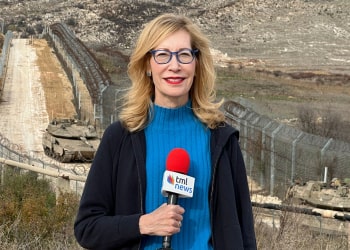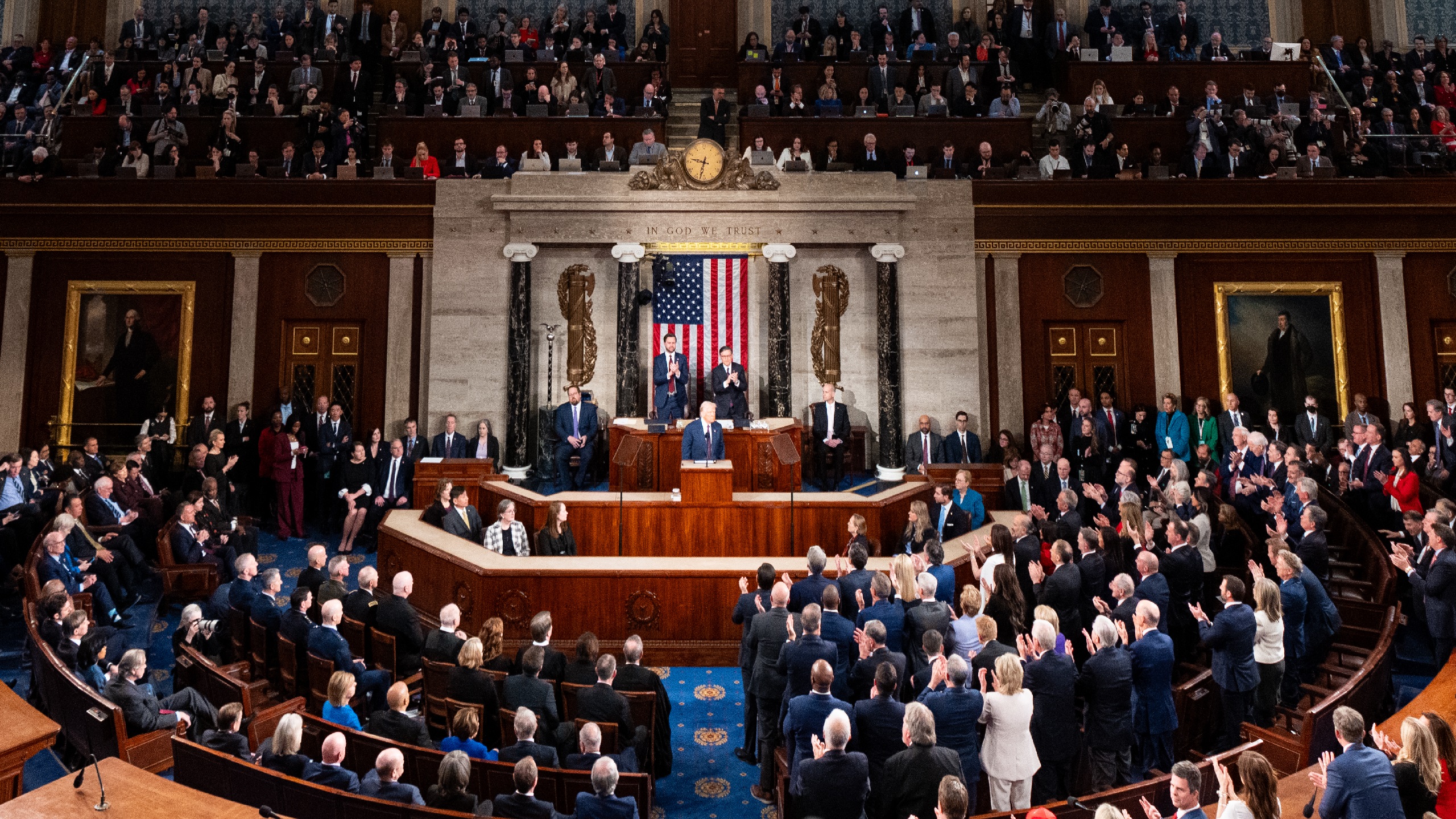Partisan Divisions Define Trump’s State of the Union Speech
In his State of the Union address, US President Donald Trump outlined his administration’s foreign policy priorities, touching on the Middle East, the Ukraine war, and counterterrorism. The president emphasized efforts to secure the release of American hostages in Gaza and framed the Abraham Accords as a key diplomatic achievement that his administration plans to build upon. His remarks on Ukraine took an unexpected turn when he announced that both Ukrainian President Volodymyr Zelenskyy and Russian President Vladimir Putin had signaled readiness for peace talks. President Trump also criticized US financial support for Ukraine, arguing that Europe should bear a greater share of the burden.
The speech included a major counterterrorism revelation: the capture of a terrorist involved in the 2021 Abbey Gate bombing at Kabul airport. The president’s announcement underscored his administration’s focus on a hard-line security approach.
This holiday season, give to:
Truth and understanding
The Media Line's intrepid correspondents are in Israel, Gaza, Lebanon, Syria and Pakistan providing first-person reporting.
They all said they cover it.
We see it.
We report with just one agenda: the truth.


The address also highlighted deep partisan divisions in Washington. While Republicans applauded, Democrats largely refused to engage, even during traditionally unifying moments. Some lawmakers staged protests or boycotted the event entirely. The president’s rhetoric, particularly on immigration and foreign aid, reinforced his administration’s shift toward nationalism and selective global engagement.
President Trump’s speech made clear that he is determined to reshape America’s role in the world, but the fierce political divide in Congress signals that his agenda will face significant opposition. Read my full article for a deeper look at the policy implications and political fallout from the address.

